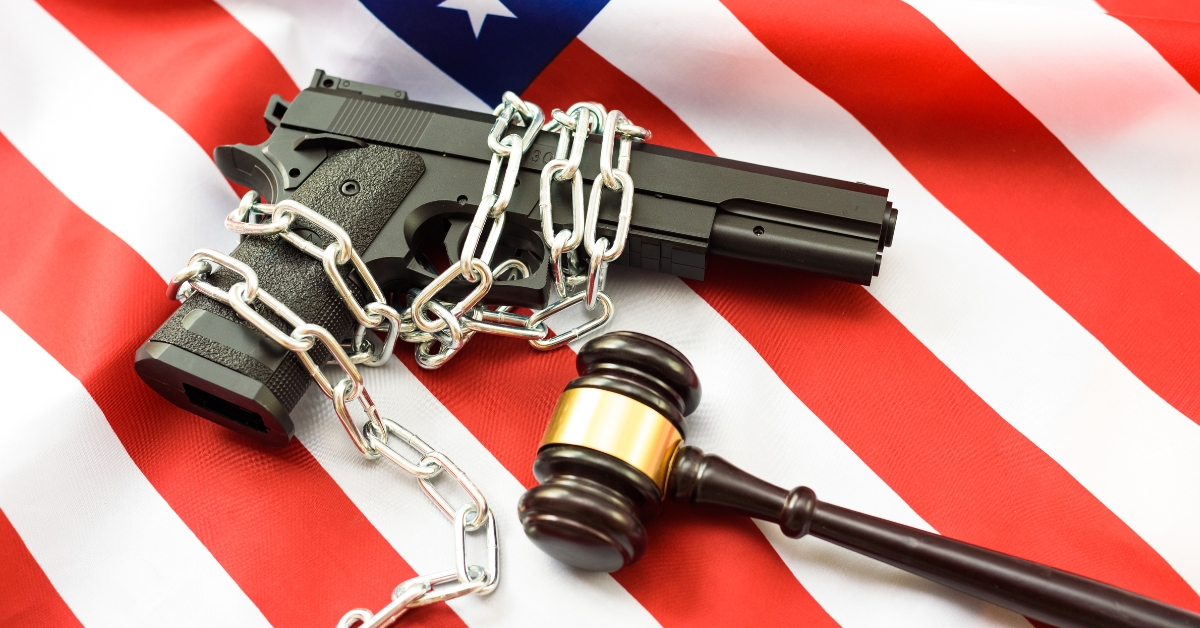
Ohio Supreme Court Rules Warning Shots Count as Self-Defense
The Ohio Supreme Court has definitively stated that firing a warning shot in a life-threatening situation does indeed count as self-defense. This ruling, emerging from the controversial case of Tyler Wilson, has illuminated a critical yet often misunderstood aspect of self-defense law and underscored the nuanced nature of real-world confrontations.
Tyler Wilson found himself entangled in a perilous confrontation at a gas station, during which he fired a round intended to ward off an aggressor reportedly aiming a gun at him. Initially, Wilson’s plea of self-defense was dropped after a judge hinted at its legal inviability, leading to a conviction on felonious assault charges, although he was acquitted of attempted murder. This conviction spurred a judicial odyssey culminating in a pivotal question before the Ohio Supreme Court: Can firing a warning shot be considered a legitimate act of self-defense?
The court’s answer was an unequivocal yes. Dissecting the state’s statutes and historical case law, the justices found no mandate necessitating an intent to harm or kill for an act to qualify as self-defense. The law demands only the intentional use of force to repel or evade an aggressor, not specifically to inflict harm. Wilson’s intentional discharge of his firearm, aimed at deterring his assailant, squarely fits within these parameters.
This decision not only vindicates Wilson but also sets a precedent that reinforces the fundamental right to self-defense in circumstances where deadly force may not be the immediate recourse. It affirms that individuals facing imminent threats have a spectrum of responses at their disposal, with the law recognizing the legitimacy of efforts to de-escalate potentially fatal encounters.
Critically, this ruling does not serve as an endorsement of warning shots as a preferred self-defense strategy. The inherent risks of such actions—inadvertently escalating a situation or providing an assailant an opportunity to retaliate lethally—are well-documented and remain a concern. However, it acknowledges the chaotic and unpredictable nature of real-life confrontations, where split-second decisions about the use of force are made under extreme stress.
The Ohio Supreme Court’s ruling is a significant moment in the ongoing discourse on self-defense laws, offering clarity on a contentious issue while respecting the complexities of human interactions in dire circumstances. It stands as a reminder of the legal system’s role in adjudicating such matters with a nuanced understanding of self-defense, beyond the binary choice of shoot-to-kill or do nothing.
As this case returns to the prosecutorial realm, its outcome remains uncertain. Yet, the legal landscape in Ohio—and potentially beyond—has been altered. This ruling reaffirms the principle that self-defense encompasses a range of actions tailored to the immediacy and severity of the threat faced, including the judicious use of warning shots when lives hang in the balance.














